tháng 11 5 vào lúc 8:03 AM
MỜI QUÝ THÂN HỮU THƯỞNG THỨC HOA THƠM CỎ LẠ
`Có thể quý vị đã xem rồi, nhưng quá tuyệt vời! Nên mời ai rảnh rỗi hoặc chưa xem thì xem NHỮNG HOA LẠ Hoa rực rỡ và bất thườngcho vui...
Resplendent and Unusual Flowers
Flowers are some of nature's most wonderful creations - they usually look amazing, most of them emit very pleasing scents, and best of all, they're where honey comes from! We use them for decoration, as romantic gestures and to signify freedom and love (the 60's "Flower Children"). Not all flowers are the same, some have very unique patterns, some bloom very rarely and some don't even look like flowers at all. Join me on a trip to discover the strangest and prettiest flowers from around the world.
Quirky fact: its name comes from the Ancient Greek amorphos (misshapen) and phallos(penis)Source Source
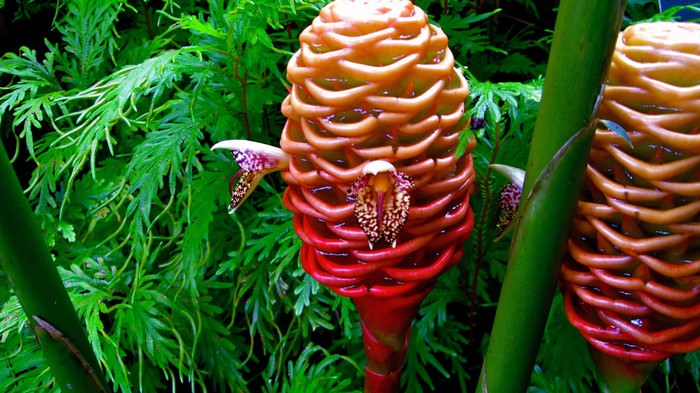


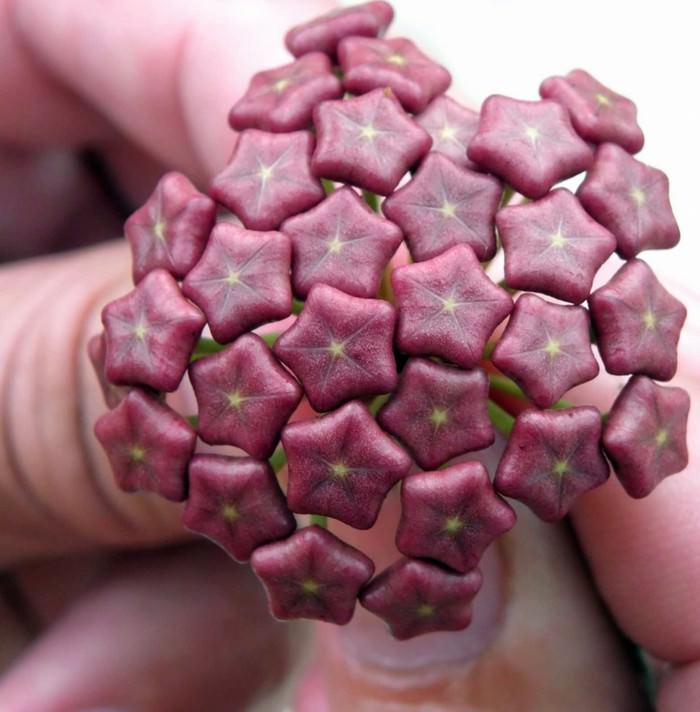
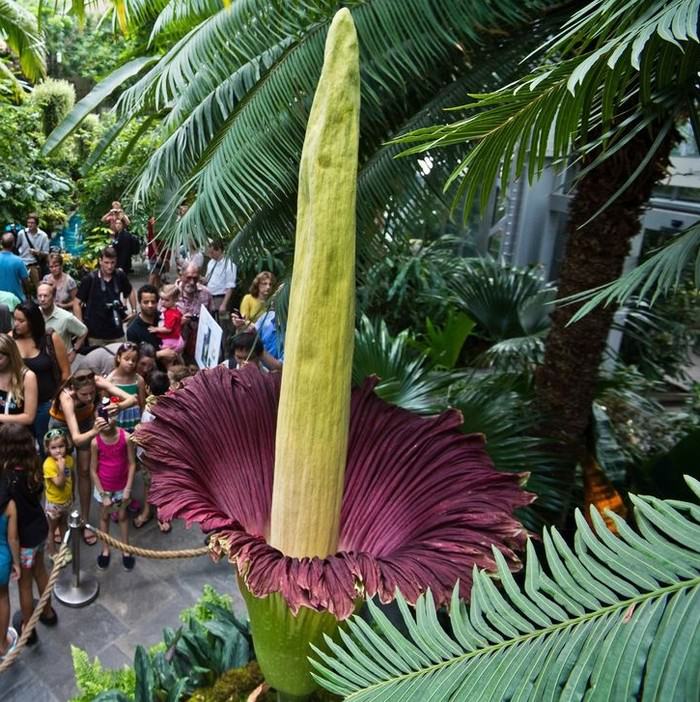
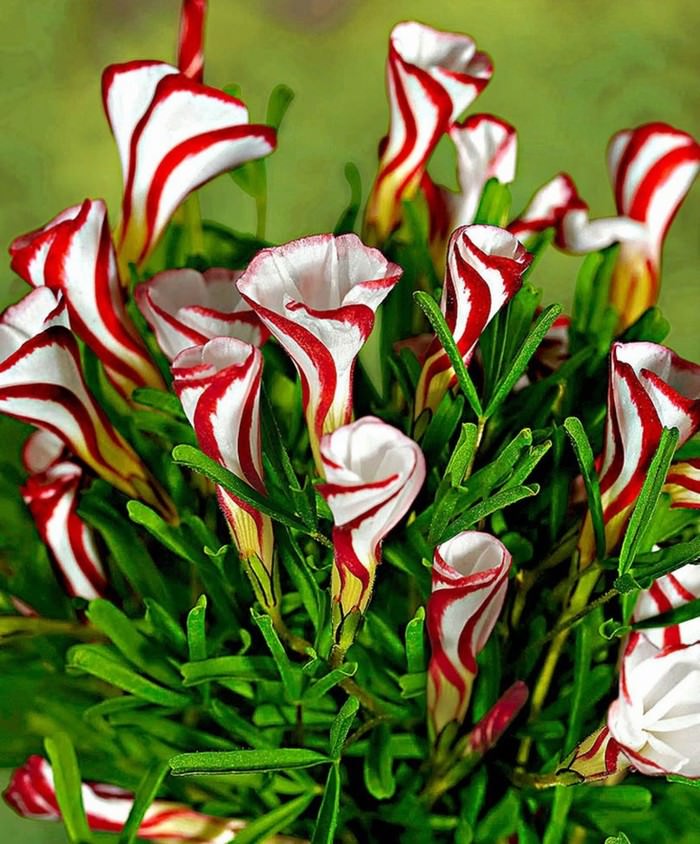
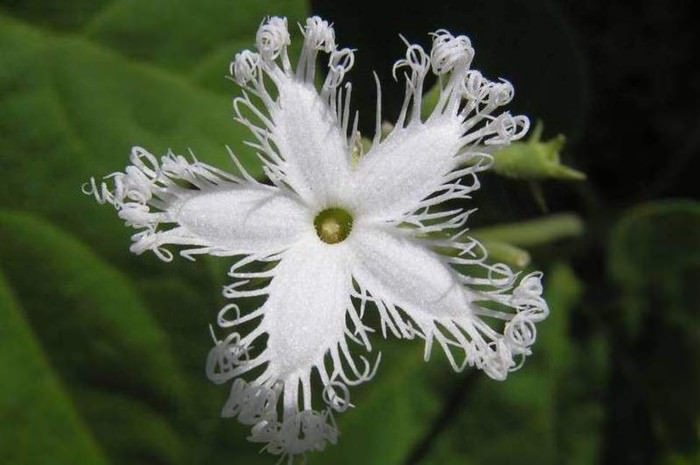
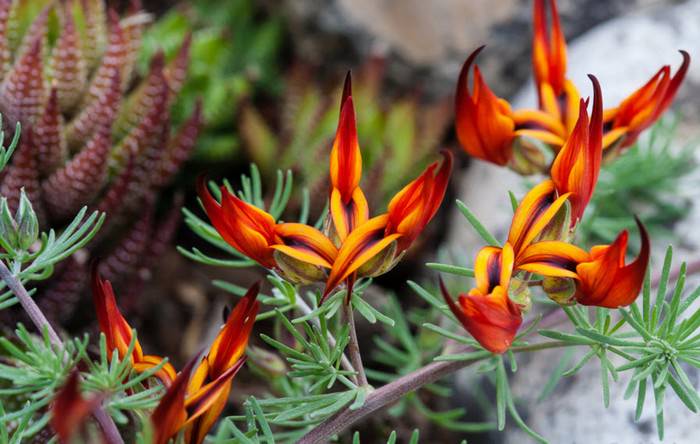
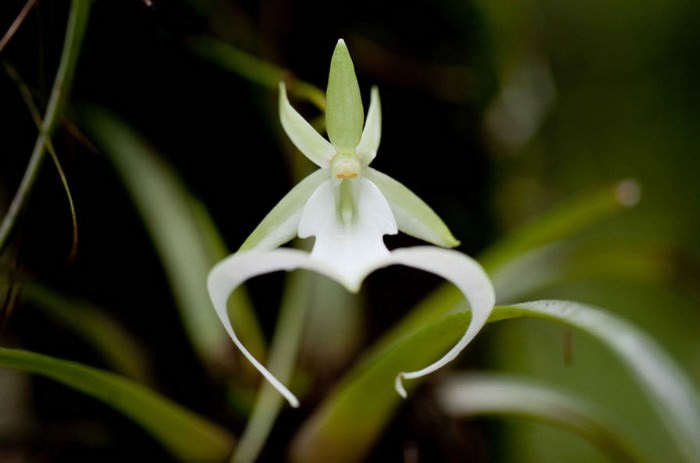
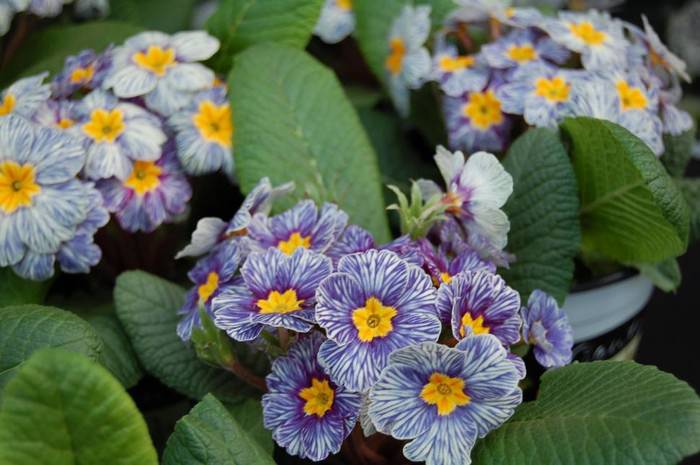

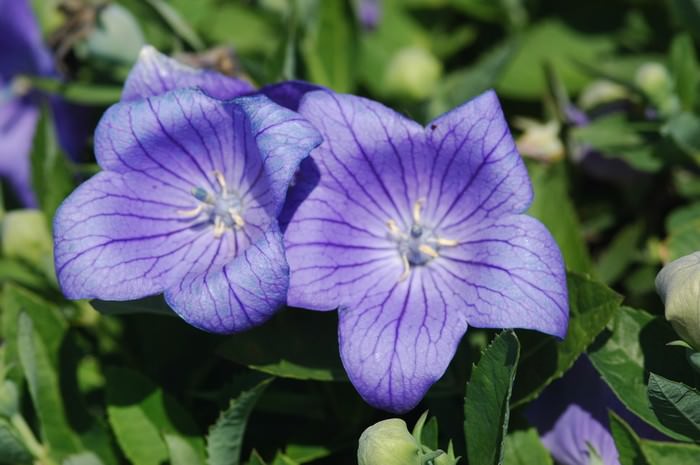
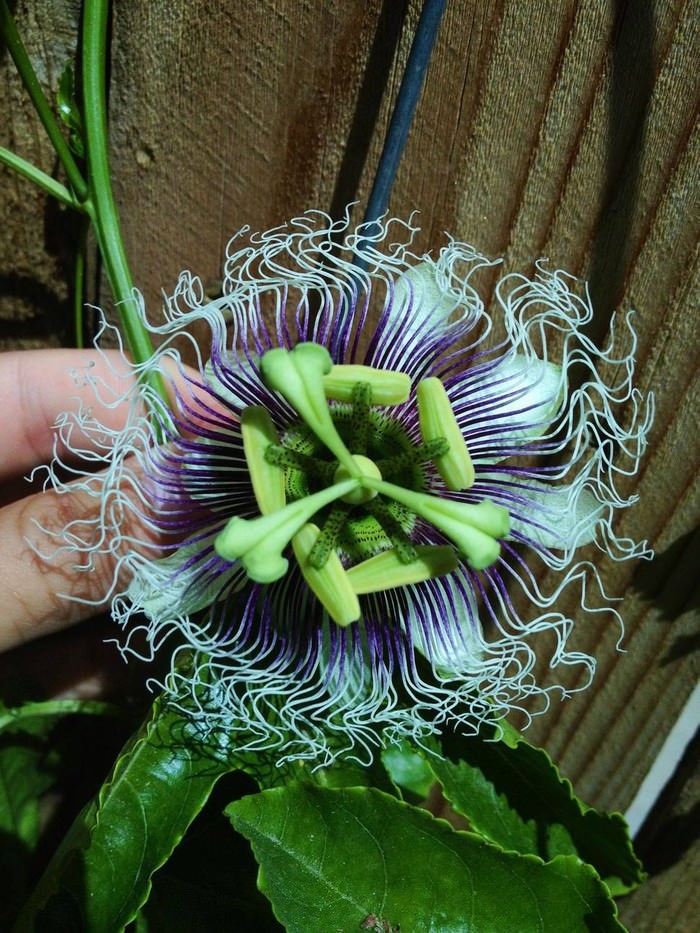
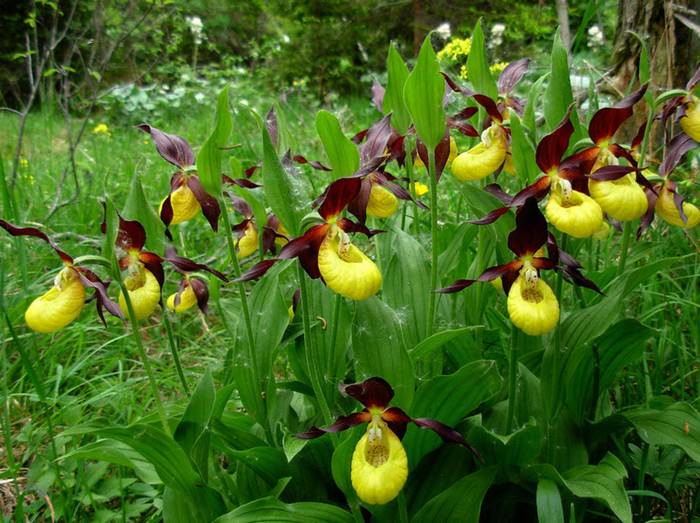
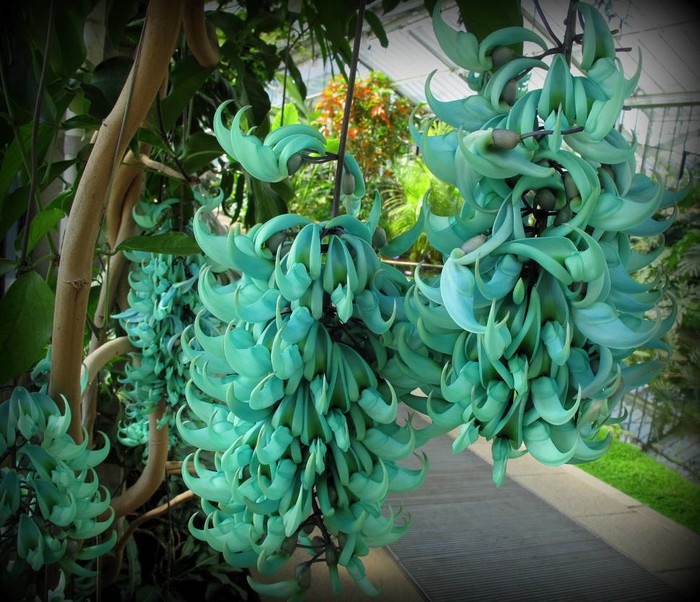
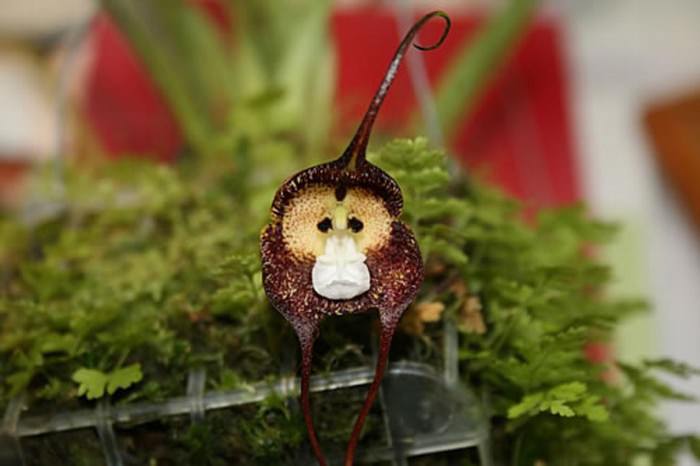
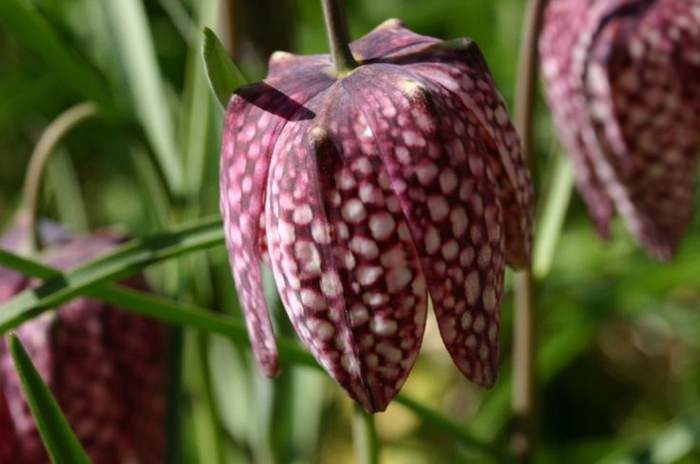

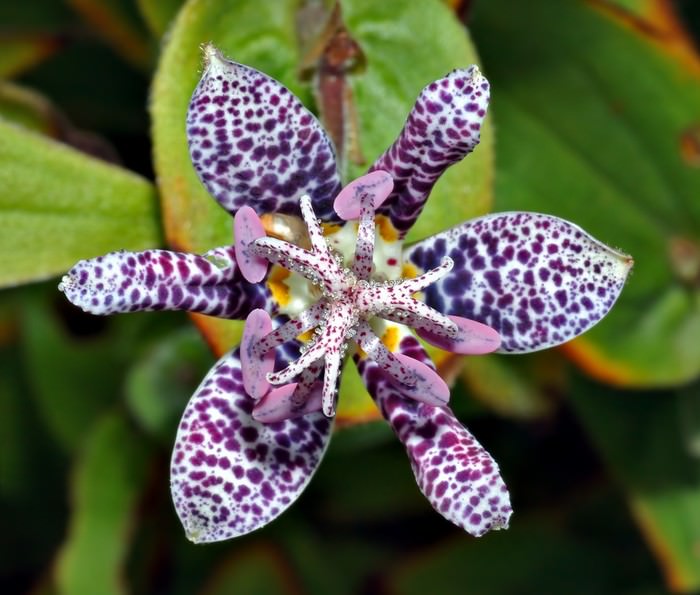
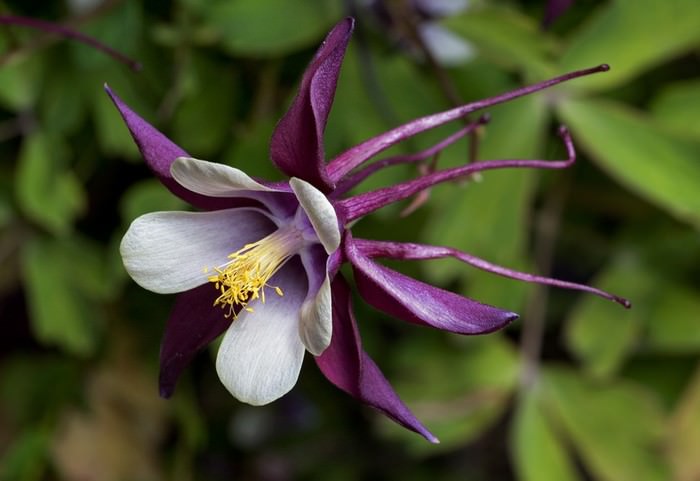
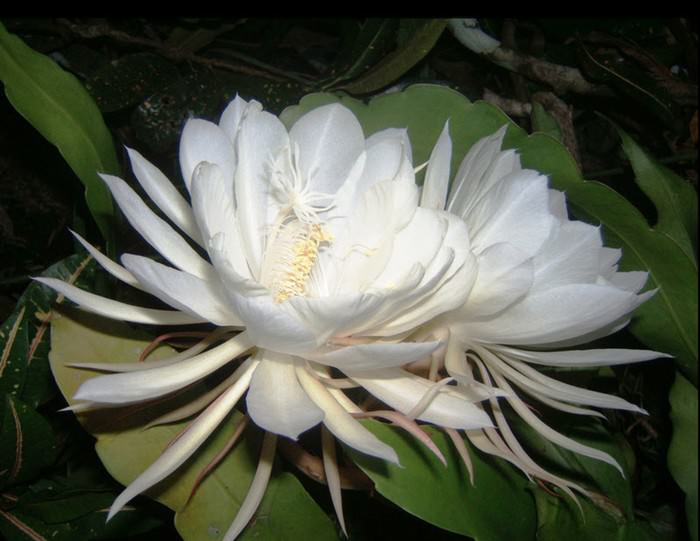

Không có nhận xét nào:
Đăng nhận xét